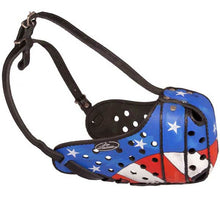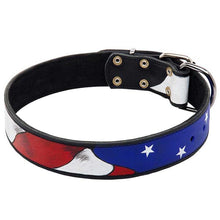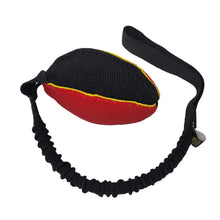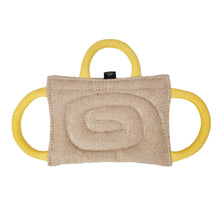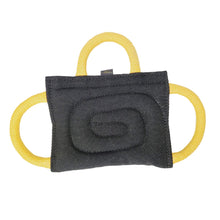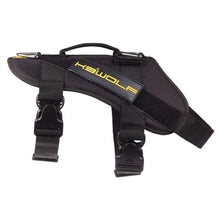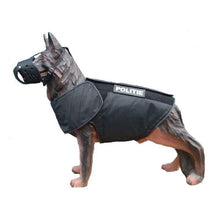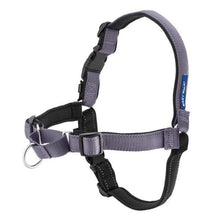6 Basic Obedience Commands That Can Save Your German Shepherd's Life
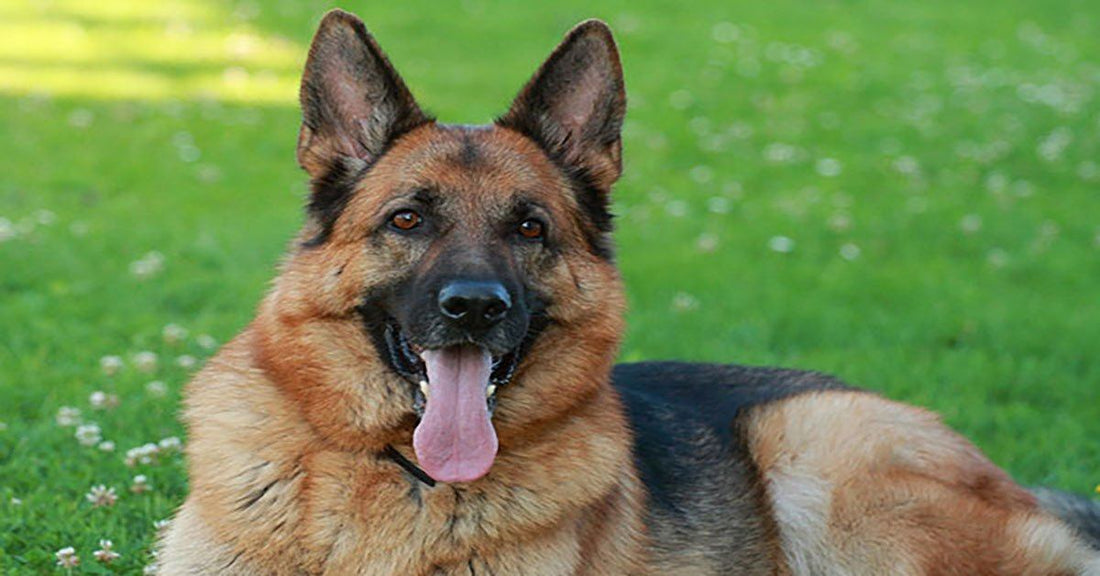
We would all like our dogs to behave, know the rules, and not mortify us by humping the leg of a stranger, or jumping on house guests. An obedient dog is a happy dog that knows its boundaries and whose owners have invested time and energy into basic training.
A dog that has basic obedience skills is a pleasure to live with and can enjoy more freedoms than dogs that don’t.
Along with more freedom, dogs that know basic commands are also safer and less likely to be injured in an accident or accidentally harm another person, which can ultimately place the dog at risk.
In fact, keeping your dog safe should be one major motivator to take the time to train your dog yourself, enroll in a class, or hire a trainer to work with you.
Although these commands seem so simple, let’s not take for granted how handy they can be in certain situations, such as:
Come
Come, also known as recall, is one of the most important commands you can teach your dog and it is vital for any dog to learn. If you plan to take your dog on an off leash stroll, to a dog park, or even camping, reliable recall just may be the only thing the keeps your dog from getting separated from you. Recall is also useful to protect your dog from danger, from darting after another animal or person, or even stepping on something dangerous such as glass. You should practice the come command daily and when practicing outside your house and yard, purchase a long line so that your dog can’t get away.
Sit
Sit is a great command to teach and is useful when trying to calm an excited dog. Teaching a dog to sit before getting in or out of the car can help prevent a dog from jumping out unexpectedly or running into traffic. A dog that sits on command is easier to weigh at the vet’s office, is easier to examine, and easier to manage on walks. It can be used as a go to command when you need to calm your dog and should be taught with an implied stay (meaning your dog does not get up from the sit position until you give him permission).
Off
Teaching your dog to not jump on people is not only good dog manners, but also protects your dog and other people. Even the tiniest of dogs is capable of startling a person by jumping on them, which could result in a fall that could cause injury. A larger dog, albeit a friendly one, obviously can pose a bigger risk. To protect the public, your houseguests, yourself from a lawsuit, your homeowner’s insurance, and potentially your dog from being labeled vicious by someone who does not appreciate the exuberance of your dog or even has an irrational fear of dogs, not jumping up on friends or strangers is a must in the command repertoire.
Down
Down is an especially important command for dogs that are traveling companions. As with the sit command, the down command should be taught with an implied stay. Dogs that are well versed in this command can go nearly anywhere dogs are allowed, are easier to manage in certain situations, and enjoy some perks that their less trained counterparts don’t. Down is useful in the car, at the vet, or to calm an overly excited dog.
Leave It
Teaching your dog to leave it is very useful for many reasons, but nothing is as important as when your dog is in danger and you are present. A dog that obeys leave it is less likely to snatch a pill you drop on the floor, come in contact with a dangerous object, or even approach an unexpected danger, such as a snake.
Drop It
Drop it is leave its counterpart. If your dog doesn’t leave it, or you are not there to give the leave it command, teaching your dog to drop it, can also be a lifesaver.
In order to keep your dog engaged and his skills sharp, you should practice all these commands with your dog on a regular basis and continue to reward with praise or treats for every accomplishment. By doing this, not only are you reinforcing training, you are also practicing for a day that you may really need to protect your dog from danger.




